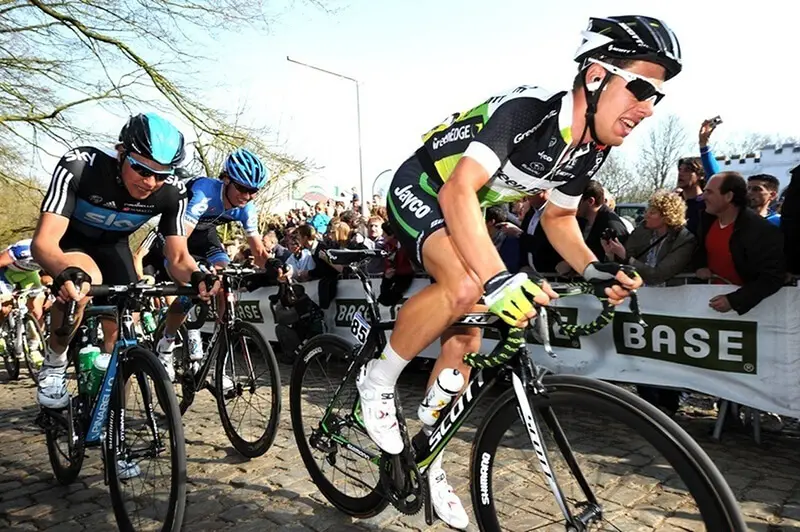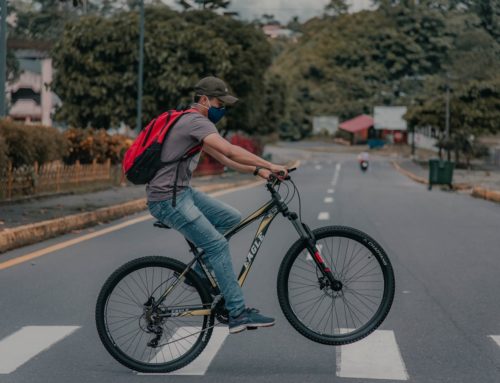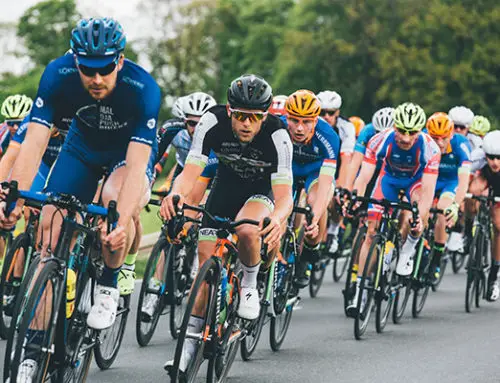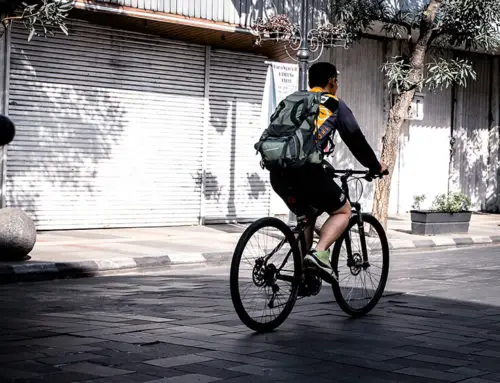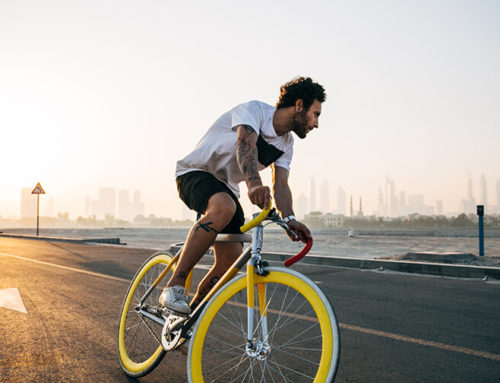Perhaps you are a cycling newbie or you recently found a new hobby in cycling but you are still lost in the numerous things you need to know about cycling. From choosing the best bikes, the different features of hybrids, the best bikes for winter, how to stay safe while cycling the list is endless. The loads of information on the net about cycling can be overwhelming. Unfortunately, all the .
information is essential as you set out to experience your two-wheel adventure. An important tip for bikers is respect for the law. Different cities have different rules for bikers and it is a good idea that you get a good grasp of the cycling and traffic laws in your area. The good thing is that there are common bicycle facilities that bikers should be conversant with regardless of where they are. While new information will keep coming up for newbies and experienced cyclists, in this blog post we will look at the 8 facility types every biker must be aware of.
Bicycle Paths
These are off-street paved bike ways. They are separated from vehicle traffic but almost always shared with pedestrians.
In some areas riding on the sidewalks is outlawed and as such you might have to check your city’s regulations.
Bicycle Lanes
These are marked on-street lanes for bicycle travel.
Be aware of driveways, mixing zones, car doors, and vehicles such as taxis or paratransit that may temporarily occupy the lane.
Bike lane or not, ride far enough away from parked cars to stay clear of opening doors.
Separated Bikeways
These bicycle facilities take into consideration the slower-moving bicyclists. They are separated from traffic by parked cars, safe hit posts, or painted buffer zones.
Shared Lanes
These are bicycle facilities that are typically wide travel lanes shared by bicyclists and vehicles. They are commonly marked with sharrows and signs. Always stay out of the door zone to avoid accidents.
Enhanced Green Bike Lanes
These facilities are put up together with other green road treatments to guide bicyclists, increase visibility, and alert motorists of bicycle facilities.
Greenback Sharrows
The greenback sharrows are there to guide bicyclists through intersections.
Lane position, especially at intersections, helps motorists determine which direction you intend to go so they can make their own judgement.
Cautiously follow them across turning lanes or through mixing zones.
Sharrows
These bicycle facilities are placed outside the door zone in shared lanes to show both bicyclists and motorists where bicyclists should ride and assist with way finding.
Dashed Green Bicycle Lanes
They indicate areas where cars and bicycles merge. Go slow, watch out, and share the road.
Equipped with knowledge of the above facilities, you will be on the right side of the law and more importantly you can ensure your own safety. If the post was helpful leave a comment and share it with your friends. As bikers we need to arm ourselves with knowledge and above all, protect ourselves on this two wheel journey.
